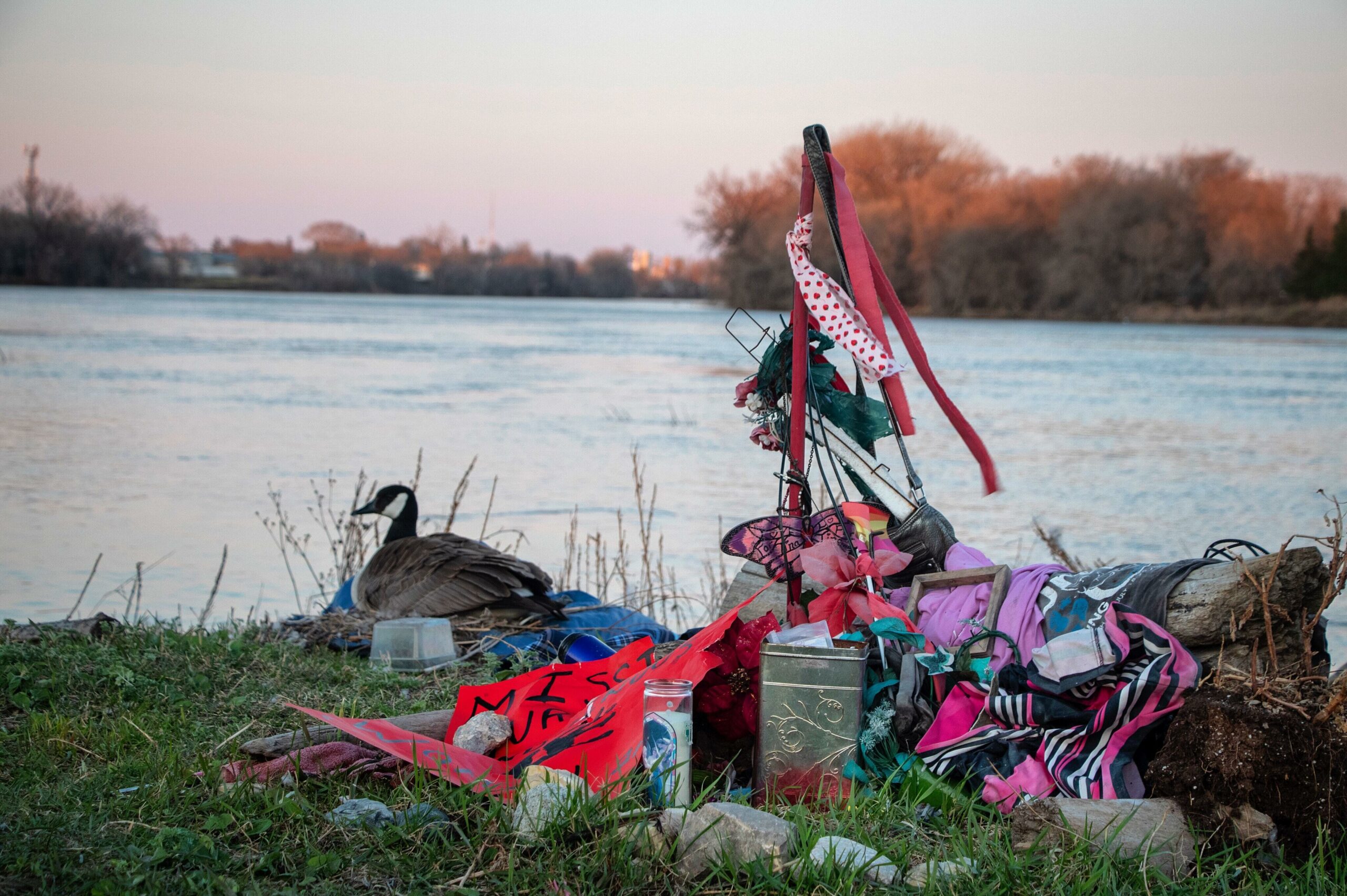The epidemic of violence against Indigenous women near man camps
Police and the U.S. government have neglected this issue for too long and it is time we put pressure on legislators and political leaders to take action and provide justice.
Violent crimes such as sexual assault and murder are 10 times more likely to occur against Indigenous women in certain parts of the United States. Offenders are usually individuals originating from outside the Indigenous community. A pattern emerged—these attacks usually occurred in rural and remote areas near temporary housing communities for oil workers, also known as “man camps.” The man camps were built on Indigenous lands and the police often dismissed the concerns of those looking for their loved ones, saying that “runaways always come back.”
As more and more women have been harmed near these man camps, the Murdered and Missing Indigenous Women (#MMIW) movement has formed and has been receiving attention from law enforcement officials, legislators, and other authorities, pushing them to find a resolution for this crisis. In December 2015, Grassroots organisations and efforts pressured the Canadian government to launch a national inquiry related to this epidemic of violence against Indigenous women. Similar organizations and movements in the United States also started getting attention, and #MMIW went viral on social media. 55,400 users used the #MMIW hashtag in their tweets and were reposting content related to this crisis in the midst of the inquiry launched by the Canadian government.
After the 2016 NIJ Research Report on Violence Against American Indian/Alaska Native Women and Men was published, the United States started paying more attention to this crisis at the federal level. This report included 1542 phone surveys from 2010. The study found that 84 per cent of Indigenous women had been subjected to violence during their lifetime, 67 per cent did not feel safe, and 41 per cent were victims of physical injuries from sexual violence or, from their intimate partners or stalking. With support from this report, it became evident that crimes against Indigenous women were, and continue to be, a prevalent issue in society. No action was being taken to resolve these issues due to neglect and discrimination from governing parties.
In order to reduce the rates of crimes against Indigenous women near these man camps, it is essential to pass legislation relating to this issue. This would benefit MMIW movements and task forces as they would be able to advocate for and find resolutions to this crisis. Indigenous leaders could also host events and participate in marches to raise awareness through the use of social media and other platforms, attracting global attention to, and pressuring authorities in power to take action against crimes targeting Indigenous women.

